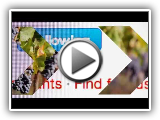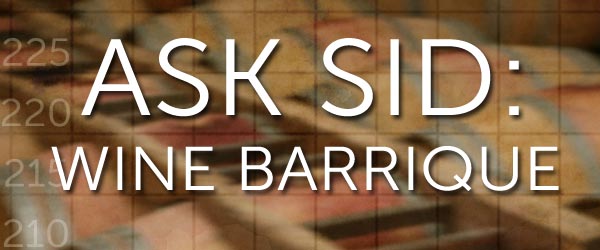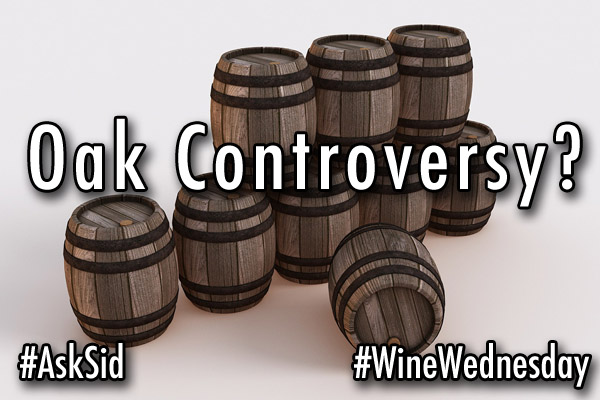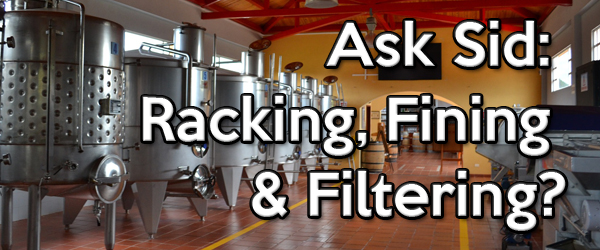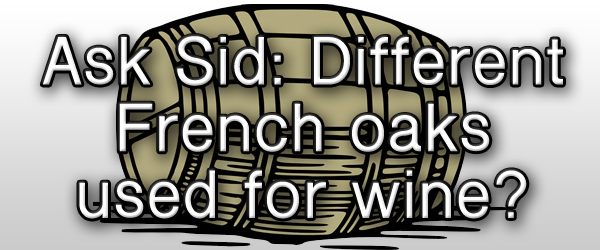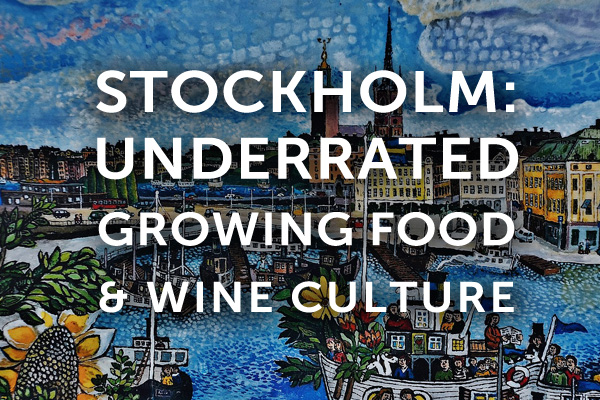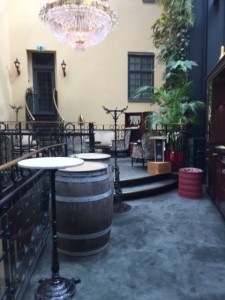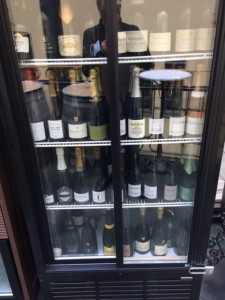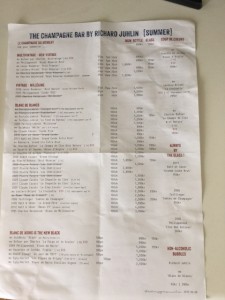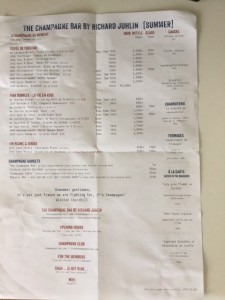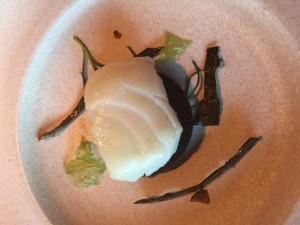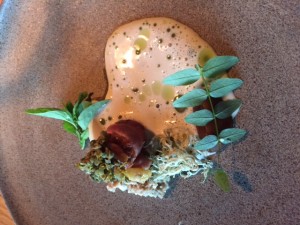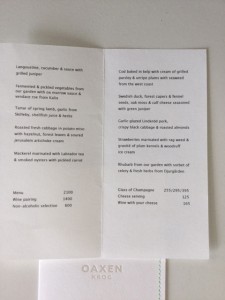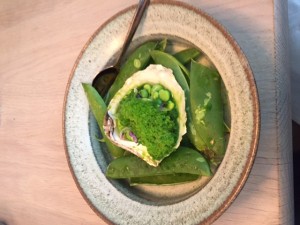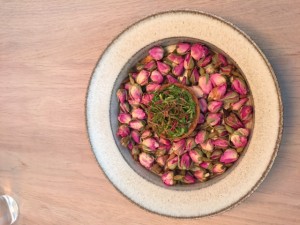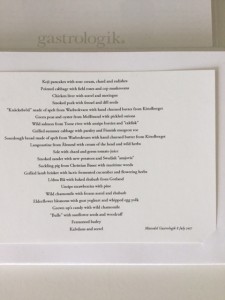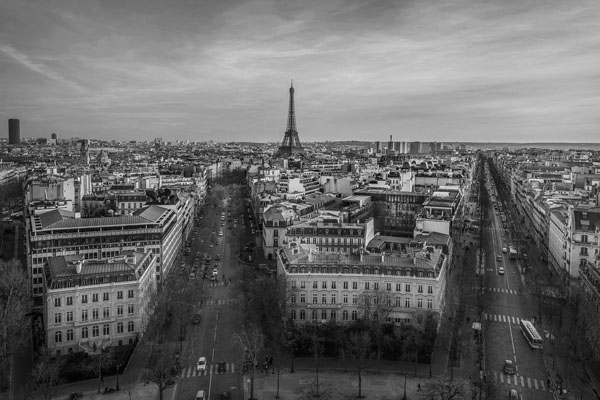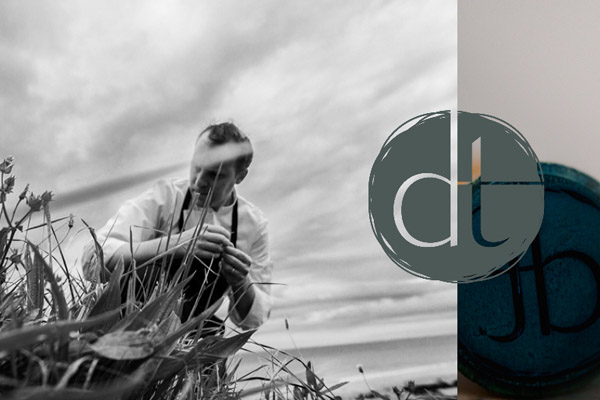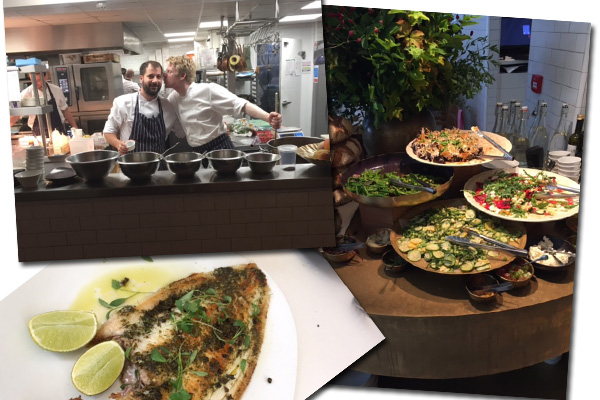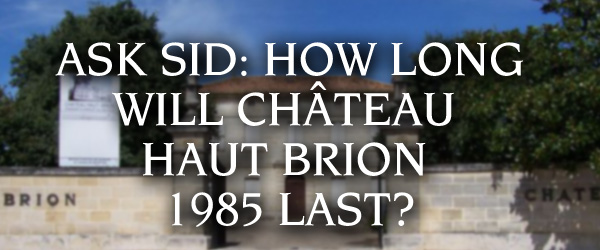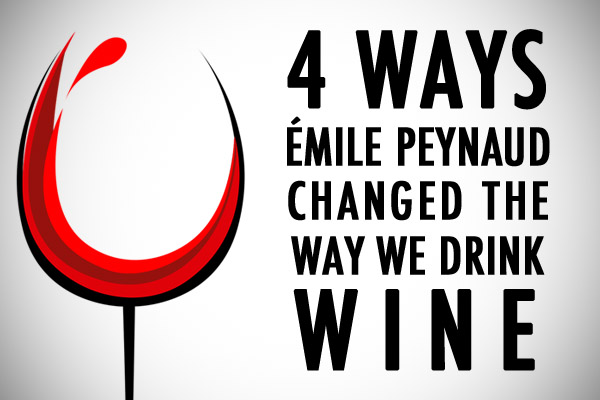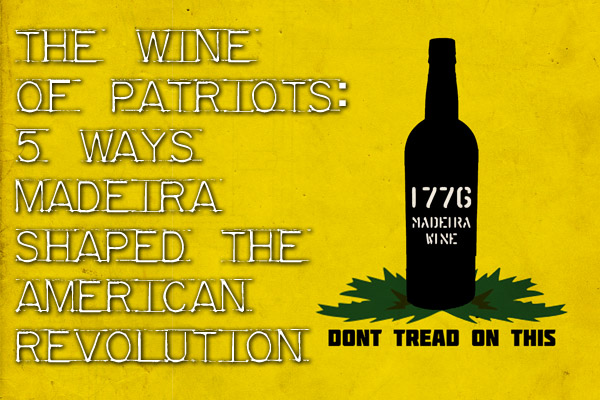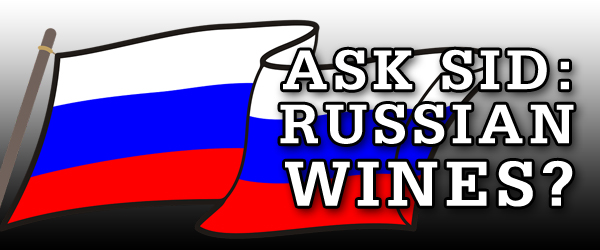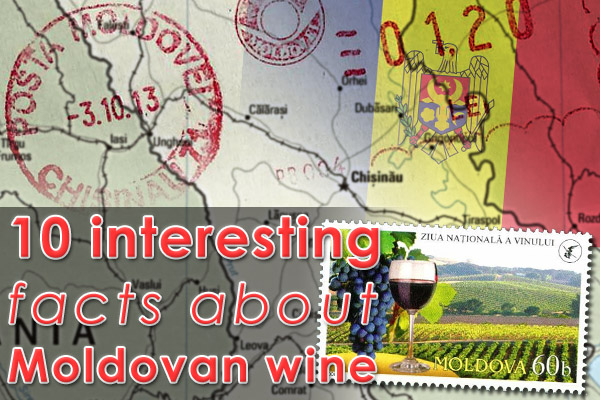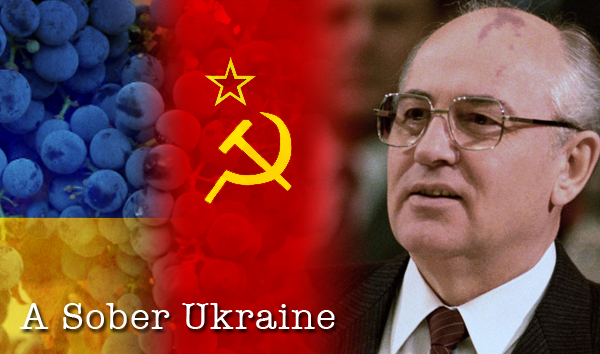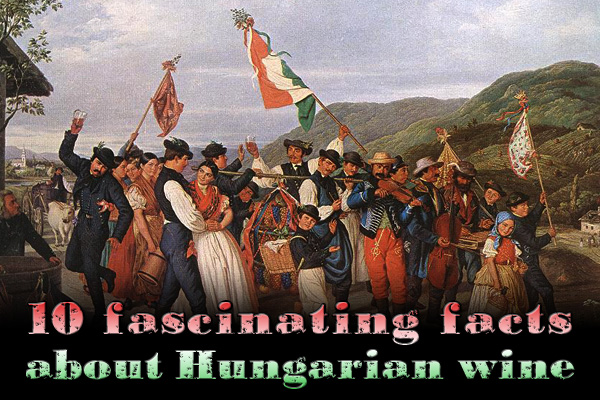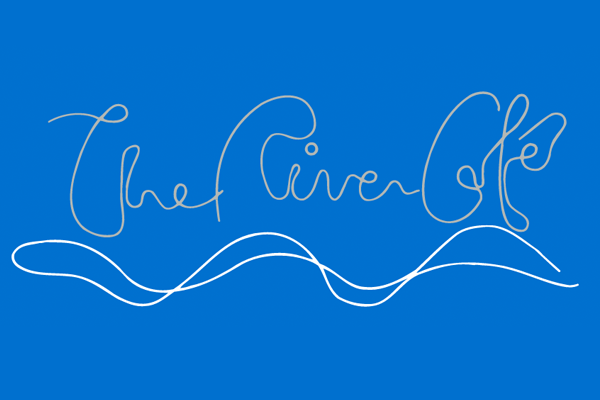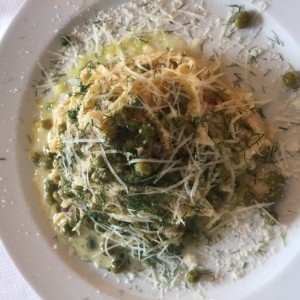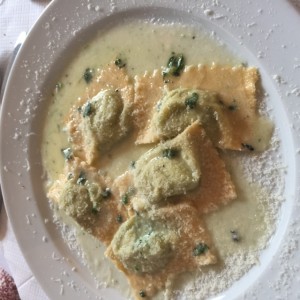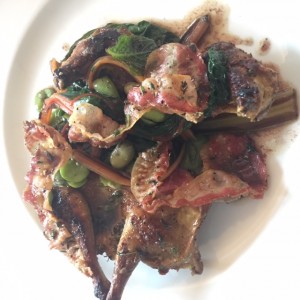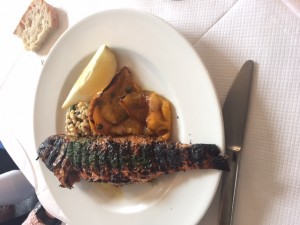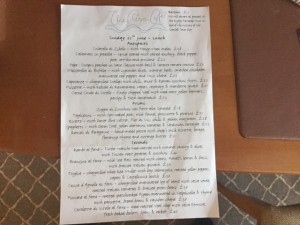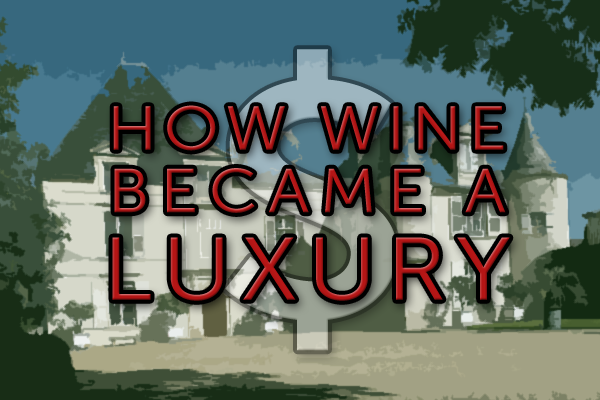
By Joseph Temple
Ever since 1982 when Robert Parker enthusiastically described that year’s Bordeaux vintage as one that is “destined to be some of the greatest wines produced in this century,” the concept of wine as a lucrative financial investment continues to grow. Twenty-five years after Parker’s prophecy, one case of Château Latour has increased in value by a staggering 8,000 percent, making wine, according to CNBC, the single best collectible investment—even better than classic cars! Putting another exclamation mark on that statement, The Telegraph recently published a list of ten bottles that have given buyers a ROI of 150% and more in just five years.
With such a powerful bull market occurring before our very eyes, it makes you wonder how some wines went from mere alcoholic beverages to highly sought-after items of luxury?
To answer that question, you need to go back centuries, long before Robert Parker and even the 1855 Bordeaux classification. During the reign of Elizabeth I in the late 16th century, it’s safe to say that the English loved their wine, consuming approximately 40 million bottles annually at a time when the entire population was a little over 6 million. However, their interest had nothing to do with terroir or tannins; what attracted Britain was the idea of wine as an antiseptic. With contaminated water being a fact of life back then, many thought that the best way to relieve sickness was through the consumption of wine.
And back then, the wines of Bordeaux didn’t arrive in bottles with labels listing the sub-region or vintage. Simply labeled ‘Claret,’ there was no mention of the estate, making the casks that arrived on English soil as generic as possible. According to some historians, what most people drank was a light red made from white and red grapes (think Rosé) that arrived in either the late fall or early winter and needed to be finished by late summer at the latest. After that, the wine quickly turned into vinegar.
This all changed forever with the arrival of Arnaud de Pontac. Purchasing Haut-Brion in 1649, the Premier President of the Parlement of Bordeaux embarked on a revolutionary approach to both winemaking and wine marketing. Realizing that the most important market by the mid-17th century for Bordeaux was in London, he actively sought out the wealthy with an entirely new way of looking at wine. Dating back to when Edward II ordered the equivalent of a million bottles to celebrate his marriage to Isabella of France, the idea of wine as a luxury item was something that quickly caught on, especially during the Restoration.
What separated Pontac and Haut-Brion from the competition were concepts that are still in place to this day. By limiting the crop, rejecting unripe grapes, and allowing for a slow fermentation process, his focus of quality over quantity made his product superior in the eyes of the English elite. According to one historian, “Pontac carefully produced and named a wine that came from a small, circumscribed area of land in order to enhance its value on the palates and in the minds of English customers.” This can be seen in the cellar book of King Charles II who purchased 169 bottles of “Hobriono” in 1660. All of a sudden, the brand became more important than the wine.
Another advantage was that Pontac sent his son across the Channel to open up “Pontack’s Head”– a popular tavern where customers could buy Haut Brion directly. Needless to say, the other Bordeaux winemakers took note of Pontac’s brilliant marketing strategy and quickly followed suit. By the time of Queen Anne, luxury claret had arrived in a big way amongst royalty and wealthy English landowners. The whole idea of “the Château” took off as impressive buildings were built throughout the region in order to impress potential clients. Prestige and quality become the guiding principles for the Bordelais, etched in stone with the now famous 1855 classification.
So the next time you wonder why certain bottles are fetching record sums, you can thank Arnaud de Pontac and Château Haut-Brion for creating the first brand name wine of the modern era.
Sources:
Clarke, Oz. The History of Wine in 100 Bottles: From Bacchus to Bordeaux and Beyond. London: Pavilion Books, 2015.
Estreicher, Stefan K. Wine: From Neolithic Times to the 21st Century. New York: Algora Publishing, 2006.
Ludington, Charles. The Politics of Wine in Britain: A New Cultural History. New York: Springer Publishing, 2016.
Sander, Merton. Wine: A Scientific Exploration. Boca Raton: CRC Publishing, 2003.
You might also like:

